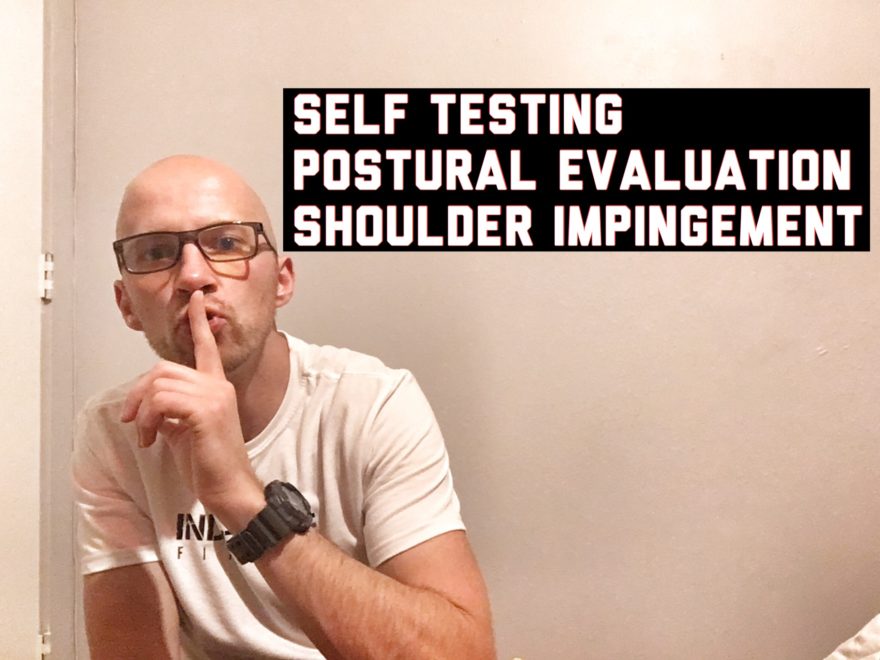Movement Debrief Episode 41 is in the books. Below is a copy of the video for your viewing pleasure, and audio if you can’t stand looking at me. Here is the set list: Can you self diagnose why a muscle feels tight? What are some good self tests to assess variability can you appear “flexed” in one area but actually be extended? Can we make accurate assessments regarding posture? Why does impingement occur? How does shoulder testing relate to the infrasternal angle? What each of the shoulder tests I look at are attempting to assess? If you want to watch these live, add me on Facebook or Instagram.They air every Wednesday at 8joc:30pm CST. Enjoy! and the audio version… Here were the links I mentioned: Manual Muscle Testing Debrief Here is the toe touch to squat Infrasternal Angle Overhead vs. Quadruped And the active midstance test Posterior Tilt Pelvic Tilts and Lordosis Check out the Apley’s Scratch Test (don’t mind the adhesions portion) If you want to see trunk rotation, check out Respiration Revisited Illmatic by Nas Usain Bolt Debrief Here is the diamond bear exercise Here is the sidelying pec twist Here is the cable hang courtesy of Lucy Hendricks Bill Hartman Here’s a signup for my newsletter to get nearly 3 hours and 50 pages of content, a free acute:chronic workload calculator, basketball conditioning program, podcasts, and weekend learning goodies: [yikes-mailchimp form=”1″ submit=”Get learning goodies and more”] Self-Testing Postural
Read More